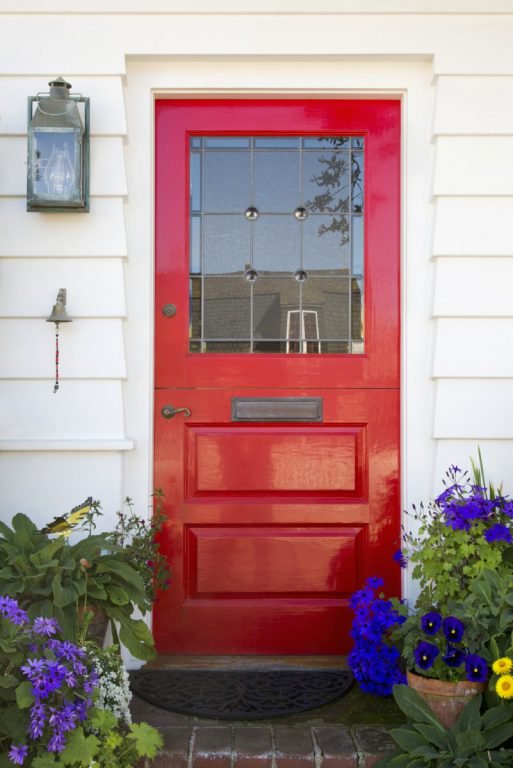Retired Homeowners Continue to Cash in at the Expense of First Time Buyers
Retired homeowners are continuing to cash in at the expense of the country’s hopeful first time buyers, shows new research from KeyRetirement.com.

Retired Homeowners Continue to Cash in at the Expense of First Time Buyers
The firm found that retired homeowners have earned £1.7m in property wealth in the last three months alone, with the property wealth of over-65s who have paid off their mortgage reaching a record high of £1.072 trillion in February.
Since KeyRetirement.com started its index in 2010, average retired homeowners have enjoyed an added £66,000 of property value – a 37% increase.
While the firm has been quick to praise the latest figures as a success story, online estate agent eMoov.co.uk doesn’t believe this is a positive story, particularly for those who are struggling to buy their own homes.
Nationwide figures show that the average first time buyer house price to earnings ratio across the UK is 5.3 – the highest since 2007. This is, of course, considerably higher in the nation’s pricier markets, peaking at 10.1 in London.
On top of that, recent house price indices from Rightmove and Halifax show that UK property values have continued their upward trend, despite the current turbulence in the market.
The CEO of eMoov, Russell Quirk, believes that this highlights a severe dysfunctionality in the property market and is a key contributor to the current housing crisis.
He explains: “Whilst those lucky enough to have climbed the UK property ladder continue to see their assets increase in value, beleaguered first time buyers continue to struggle, due to the constant inflation of UK house prices.
“This is by no means an attack on previous generations and anyone who has worked hard enough to earn their own piece of our pleasant land, regardless of what they paid at the time, should be commended for doing so, not ridiculed.”
He continues: “Most of us rely on our property investment for retirement and to leave a legacy to our children, but now it has reached a point where inheritance is the only viable method for the majority to get on the ladder, and many are holding out to maximise the amount they can make on their property.
“As a result, whilst they remain in large family houses years after their children have fled the nest, young families elsewhere are unable to get on the ladder due to a severe shortage of stock. This is undoubtedly a contributing factor behind today’s housing crisis and should be addressed and rectified, not celebrated as these latest figures seem to do.”






